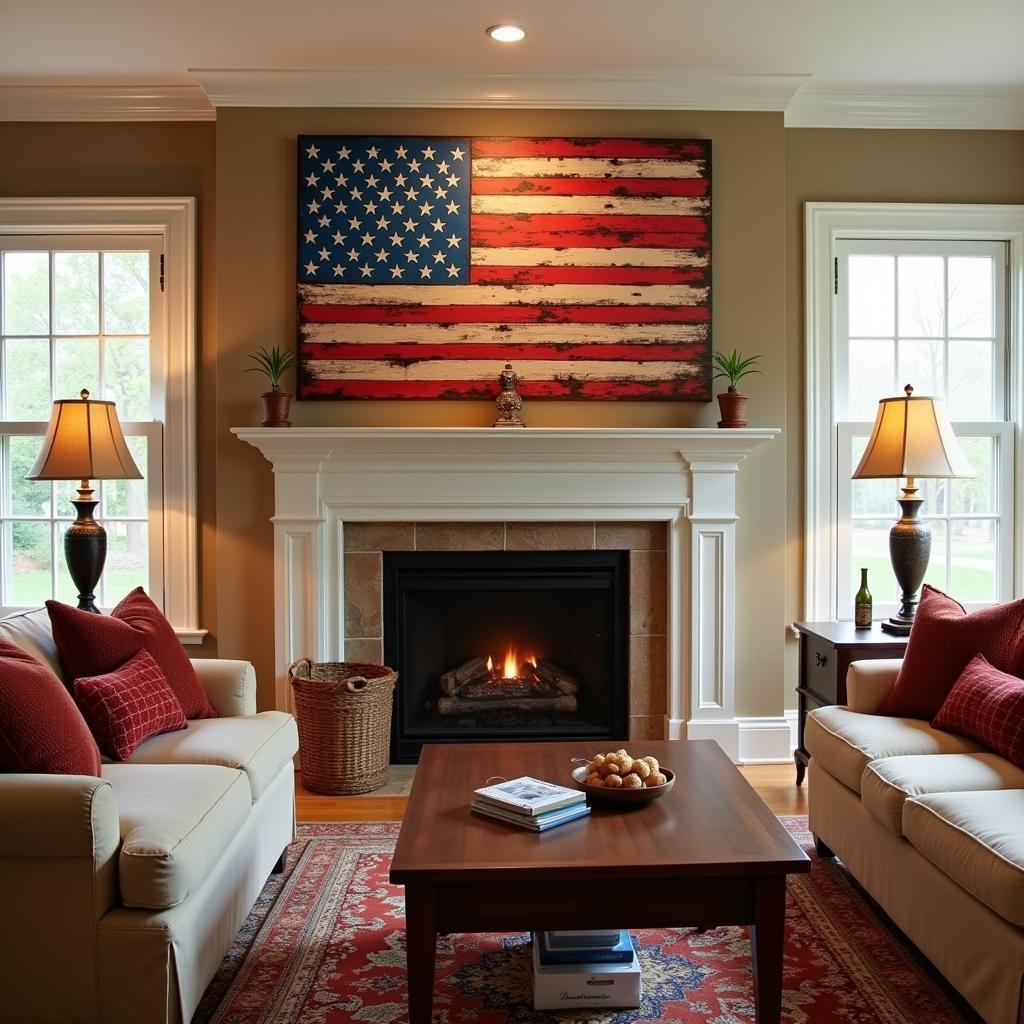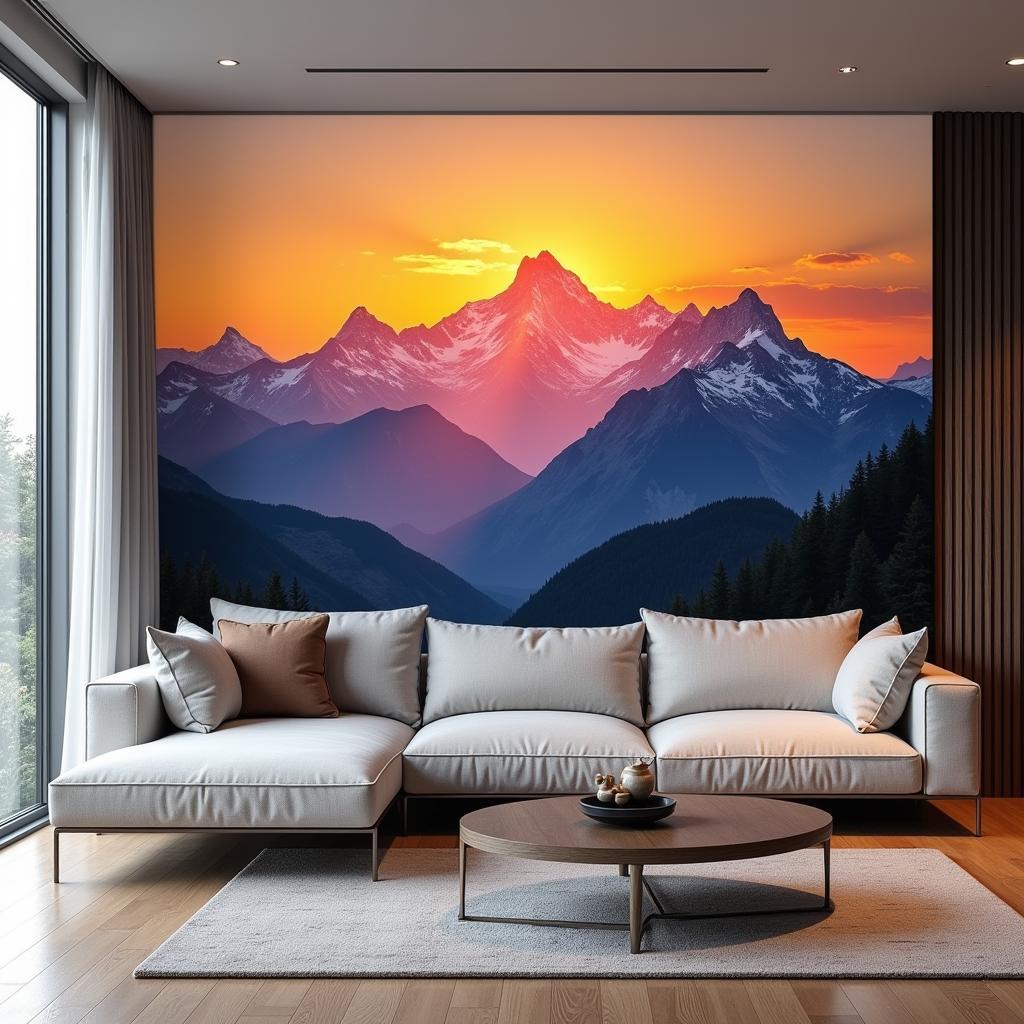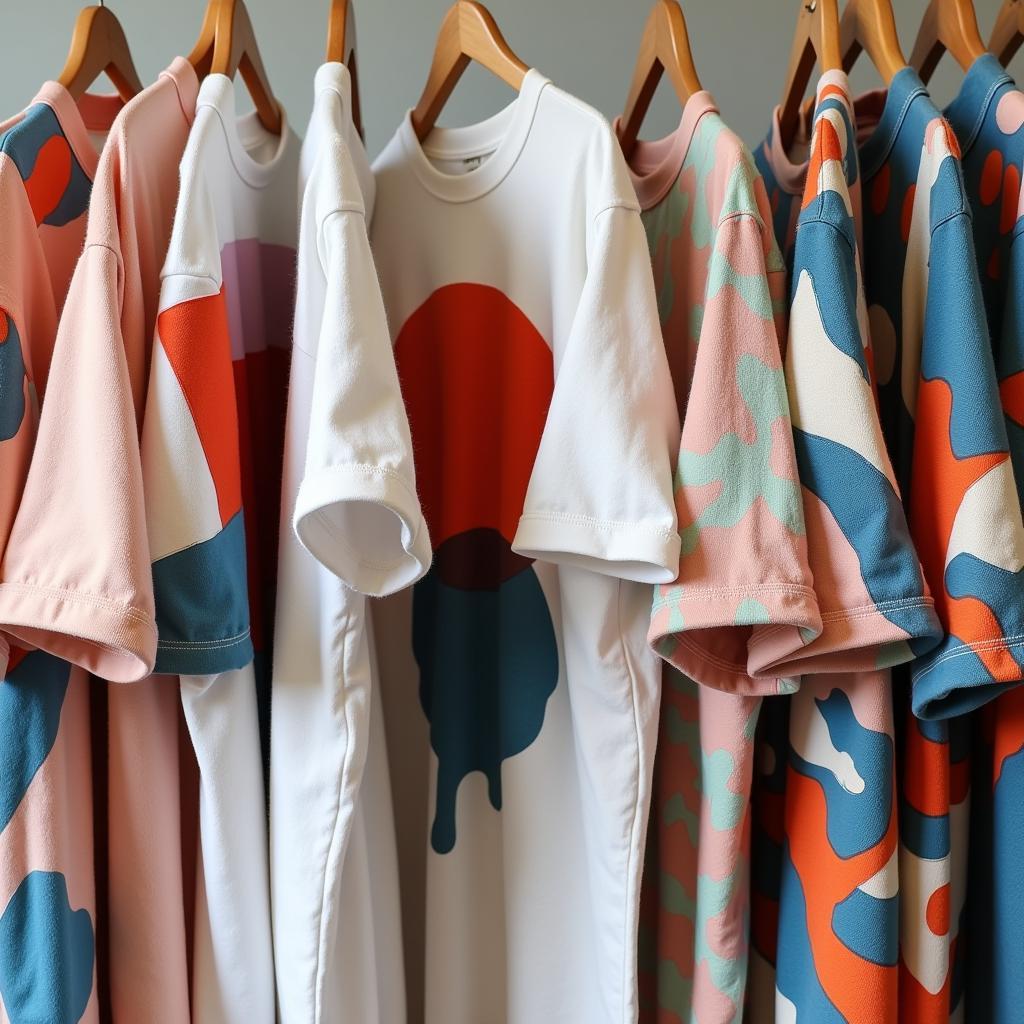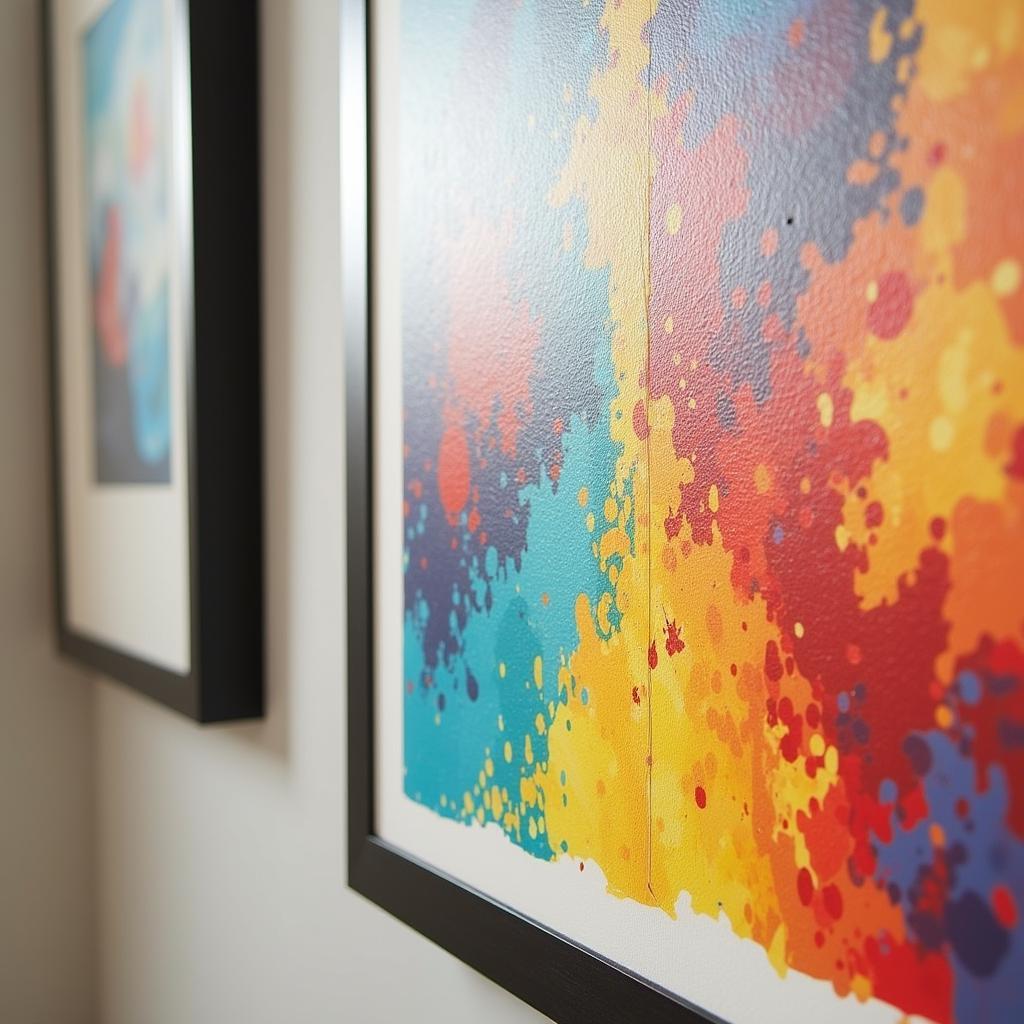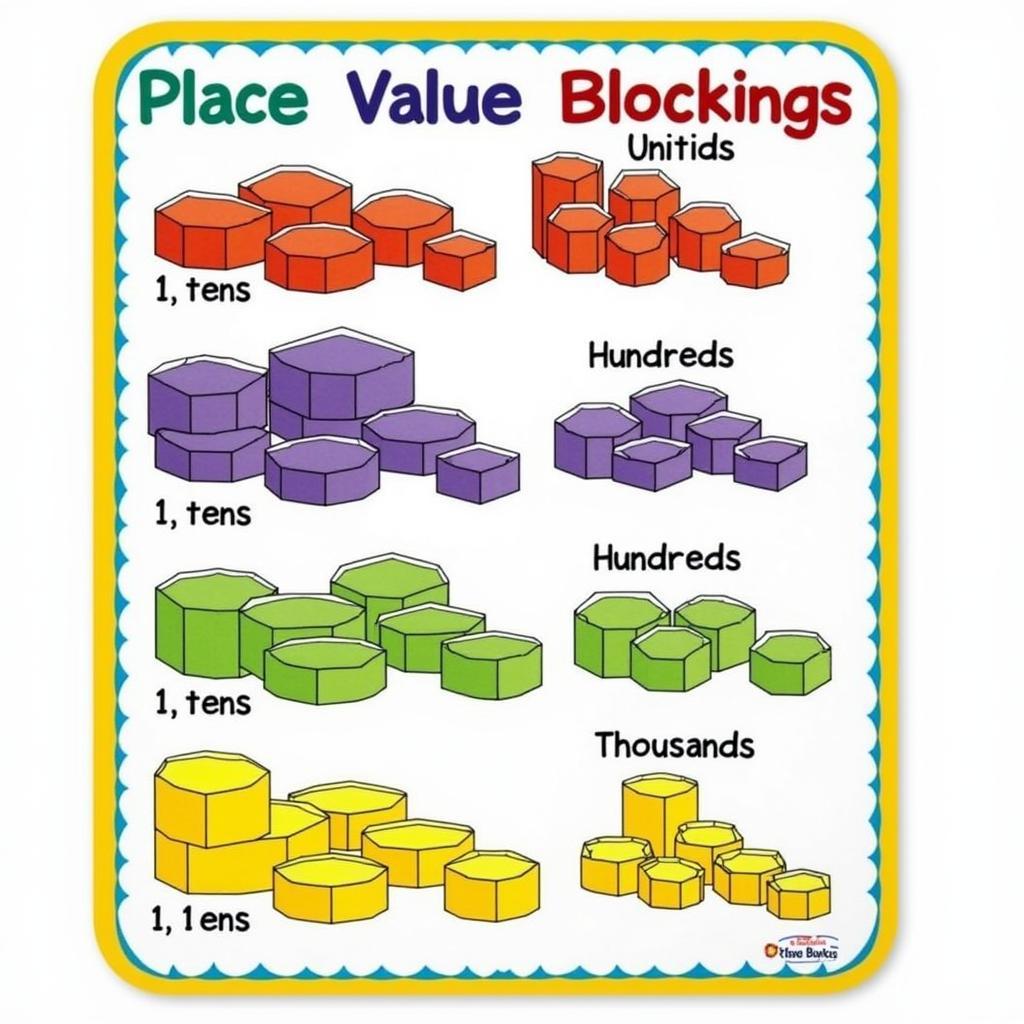Painting African Art: A Journey into Vibrant Cultures and Styles
Delving into the world of Painting African Art is to embark on a captivating journey through diverse cultures, traditions, and artistic expressions. From the intricate patterns of Ndebele house painting to the bold, expressive strokes of Tingatinga, African art paintings offer a rich tapestry of visual storytelling.
What Defines African Art Painting?
Unlike Western art movements often defined by specific techniques or time periods, painting African art is deeply rooted in cultural significance and symbolism. Each region, tribe, and even family may have unique artistic practices passed down through generations. While diverse in style and form, several common threads weave through these vibrant artistic traditions.
Symbolism and Storytelling
At the heart of African art lies a profound connection to symbolism and storytelling. African art oil paintings often serve as visual narratives, depicting myths, legends, historical events, or everyday life. The use of color, animals, and ancestral figures all carry specific meanings, adding layers of depth and interpretation to each artwork.
Bold Colors and Patterns
From the earthy hues of ochre and clay to the vibrant tones of indigo and saffron, color plays a crucial role in painting African art. These colors are not merely decorative but often hold symbolic weight, representing spiritual concepts, social status, or natural elements. Similarly, intricate patterns, geometric shapes, and repetitive motifs are prevalent, reflecting cultural beliefs and artistic sensibilities.
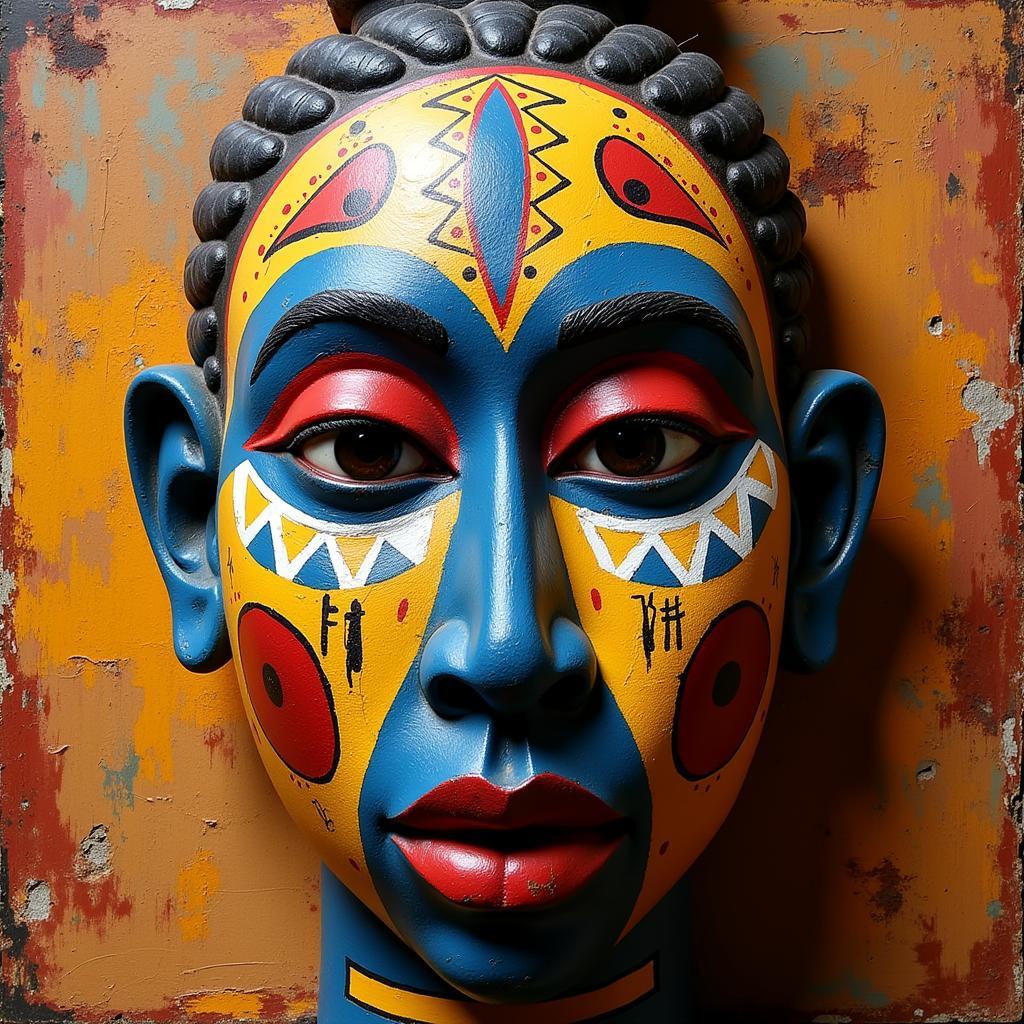 African Mask Painting
African Mask Painting
Exploring Different Styles of African Art Painting
The vast continent of Africa is home to a myriad of art painting styles, each with its own unique characteristics and cultural context. Let’s delve into some of the most prominent styles:
Tingatinga: Tanzanian Vibrancy
Originating in Tanzania, Tingatinga paintings are known for their bold colors, simplified forms, and whimsical depictions of animals and everyday scenes. This style, often painted on square canvases, emerged in the mid-20th century and continues to evolve, reflecting contemporary themes while retaining its vibrant spirit.
Ndebele House Painting: Geometric Harmony
The Ndebele people of South Africa are renowned for their intricate house paintings, transforming their homes into stunning works of art. Using natural pigments and geometric patterns, Ndebele women create mesmerizing murals that reflect their cultural identity and celebrate life’s milestones.
Ethiopian Christian Art: Spiritual Iconography
Ethiopia boasts a rich tradition of Christian art, with a distinct style influenced by Byzantine iconography. Characterized by stylized figures, elongated eyes, and symbolic gestures, these religious paintings often depict biblical scenes and saints, adorning churches and manuscripts with spiritual significance.
Contemporary African Art: A Fusion of Tradition and Innovation
Contemporary African artists are pushing the boundaries of traditional forms, incorporating modern materials, techniques, and concepts into their work. From mixed media installations to digital art, these artists draw inspiration from their heritage while addressing contemporary issues, creating a dynamic and ever-evolving art scene.
Appreciating the Beauty and Significance of African Art Painting
Painting African art is more than just aesthetically pleasing; it offers a window into the soul of diverse cultures, their beliefs, values, and artistic ingenuity. By exploring the symbolism, techniques, and stories behind these artworks, we gain a deeper appreciation for the rich tapestry of human expression that defines African art.
FAQs about Painting African Art
1. What are some common themes in African art painting?
Common themes include ancestry, spirituality, daily life, mythology, and the relationship between humans and nature.
2. What materials are traditionally used in African art painting?
Traditional materials include natural pigments from earth, plants, and minerals, as well as charcoal, clay, and vegetable dyes.
3. Is there a formal training system for African art painting?
In many traditional communities, artistic knowledge is passed down through generations within families or apprenticeships.
4. Where can I see and purchase authentic African art paintings?
Reputable art galleries, cultural centers, and online platforms specializing in African art are good places to start. African art paintings on canvas can be found through various online retailers. You might also find Lonnie Holley art for sale or Marina Adams art online as well.
5. How can I learn more about specific styles or artists?
Research online, visit museums, or read books and articles dedicated to African art history and contemporary practices.
Need Help?
For further assistance or information, please contact us at:
- Phone Number: 02462573573
- Email: [email protected]
- Address: Savico Megamall, 7-9 Đ. Nguyễn Văn Linh, Gia Thụy, Long Biên, Hà Nội 10000, Việt Nam.
Our dedicated customer support team is available 24/7 to assist you.

